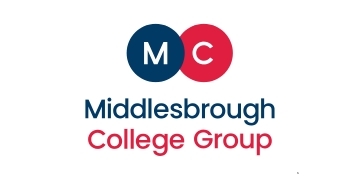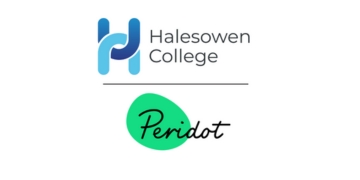Grammar schools are “not pulling their weight” teaching disadvantaged pupils, say campaigners, as new figures show they educate far fewer looked-after children and those with special educational needs than their neighbours.
Selective schools are often criticised for their low proportion of pupils eligible for free school meals.
But analysis of 2022 census data by Comprehensive Future also shows just 4.3 per cent of their pupils have SEND, compared with 15.5 per cent in non-selective schools in grammar areas.
Grammars also educate on average two looked-after or previously looked-after children each, compared with an average of 14 in non-selective schools. Sixty-eight of the 163 schools have no children in care on their rolls at all.
Comprehensive Future said the data showed selective schools were “not pulling their weight”, leaving non-selective schools to educate “a disproportionately higher number of SEN and looked-after pupils than a typical comprehensive”.
Grammar school praised by Ofsted for SEND provision
At St Anselm’s College in Birkenhead, 2 per cent of the school’s 981 pupils were recorded as having SEND, compared with 19.3 per cent in non-selective schools in the area. The school was approached for comment.
And at Wirral Grammar School for Girls, 3.8 per cent of pupils had SEND, compared with 19.3 per cent in non-selective schools.
The school pointed to its recent ‘outstanding’ Ofsted inspection, which found leaders were “quick to identify the needs of pupils with SEND”.
The school added that its admissions policy guaranteed the first 15 places in every cohort to disadvantaged pupils, meaning its numbers were “significantly higher than other grammar schools in the area and nationally”.
Last year, Kent, which has more grammar schools than any other county, was rapped by the government for failing to tackle a “lack of willingness” of some schools to “accommodate” children with SEND.
Just 3.9 per cent of pupils at the county’s grammar schools had SEND, compared with 12.1 per cent in non-selective schools.
Campaigners pointed out Kent also has the highest number of unaccompanied asylum-seeking children, who counted as looked-after and who would “invariably attend non-selective schools”.
‘No effort to be inclusive’
Dr Nuala Burgess, the chair of Comprehensive Future, said it “would seem that the vast majority of grammar schools are making absolutely no effort to be inclusive”.
But Dr Mark Fenton, the chief executive of the Grammar School Heads’ Association, said selective schools already prioritised pupils with EHCPs and looked-after children who met admissions standards.
“Unfortunately, fewer children in these categories achieve the higher levels at key stage 2 compared with the national average and therefore tend to be under-represented in selective schools.”
However, Burgess said it would be “a mistake to assume that all SEN pupils are lower attaining”.
“This group is massively diverse and includes highly able dyslexic and autistic pupils, as well as other forms of neurodiversity.
“Einstein was a dyslexic and apparently hopeless at school tests, and Bill Gates has autism. It is highly likely that both men would have been rejected by an English grammar school.”
Grammars chief challenges analysis
Fenton added that because it was up to individual schools which children to place on their SEND register, it was “not a reliable basis for comparison”.
Some grammars do buck the trend. For example, about 13 per cent of pupils at Lancaster Royal Grammar School have SEND, compared with 11 per cent in non-grammars. The school did not respond to a request for comment.
Grammar schools also generally educate far fewer looked-after pupils.
In Wirral, 0.57 per cent of pupils at grammars are either looked-after or have previously been looked-after, compared with 3.05 per cent in non-selective schools.
Councils pointed to efforts to get more disadvantaged pupils into grammar schools.
In Buckinghamshire, 0.12 per cent of grammar school pupils are looked-after, compared with 0.84 per cent in non-selective schools.
Anita Cranmer, the council’s cabinet member for education and children’s services, said adjustments were made to the 11-plus for children with disabilities, and that most children who entered care did so when they were already at secondary school.
In Medway, Kent, 1.3 per cent of children in non-selective schools are looked-after, compared to 0.29 per cent in grammars.
A spokesperson said looked-after children were encouraged to take the 11-plus.
The council was also “liaising with grammar schools across Medway to see how we can work together to increase the number of SEND pupils at grammar schools”.















Your thoughts